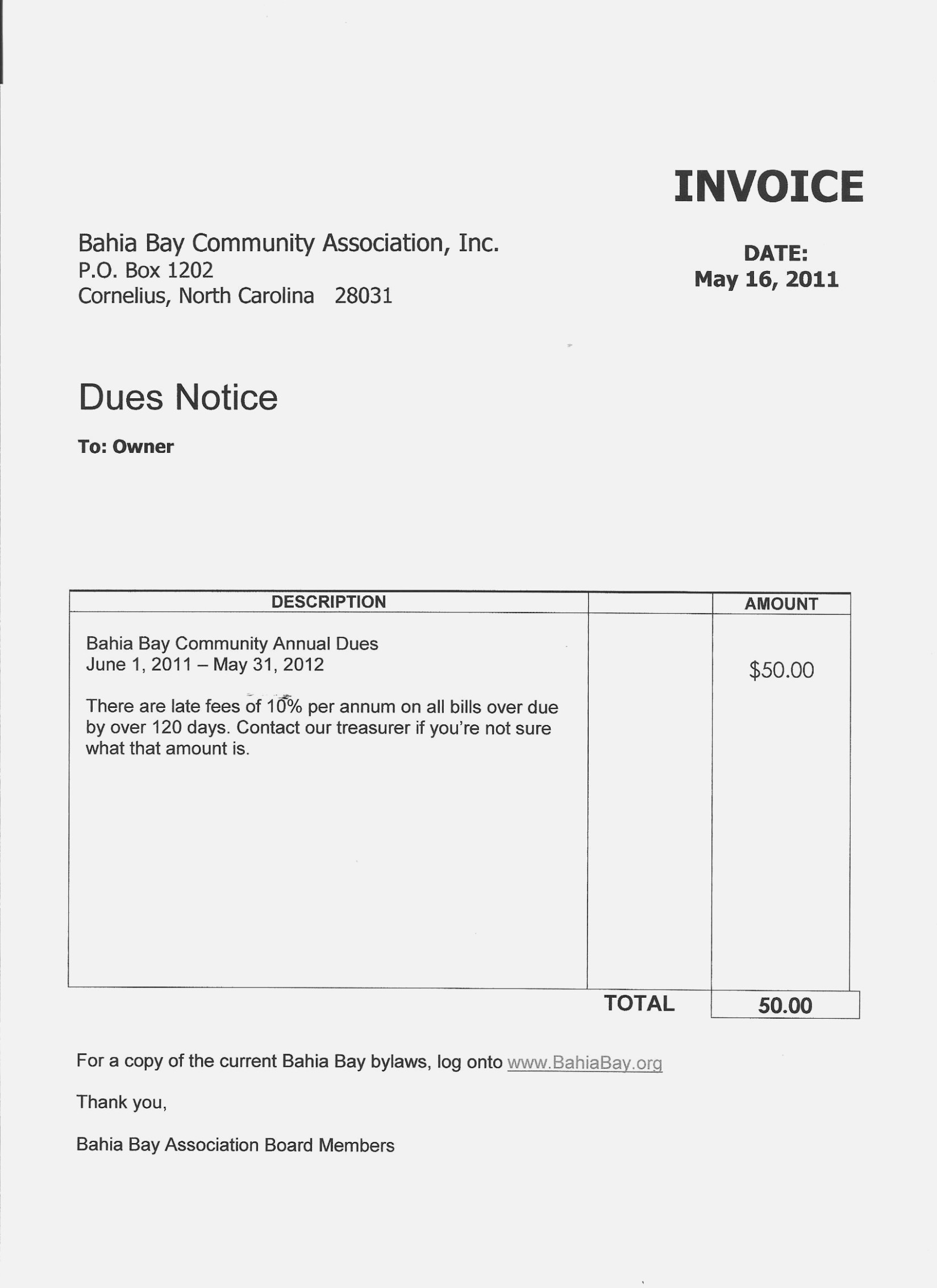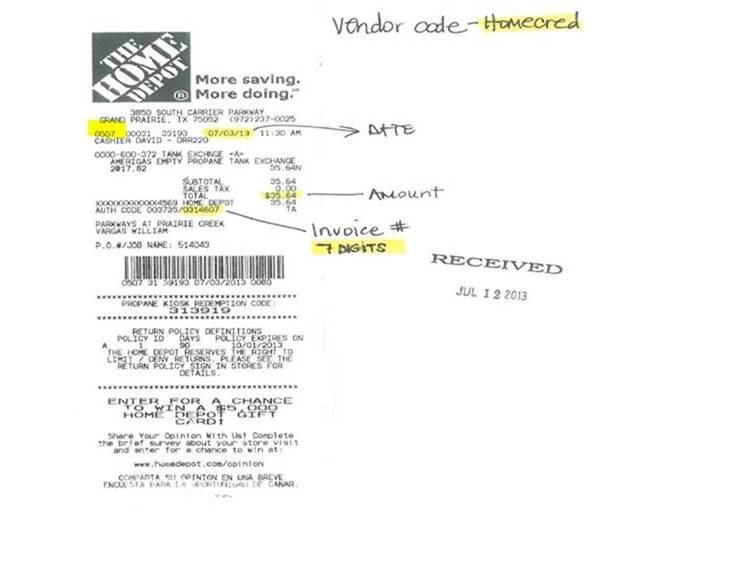

show the total of those values separately.show clearly that there is 0%, or no, VAT payable on those goods or services.the rate of VAT that applies to what's being soldĪnd if you issue a VAT invoice that includes zero-rated or exempt goods or services, you must:.the quantity of goods or the extent of the services.the total amount of VAT charged, expressed in sterlingįor each different type of item listed on the invoice, you must show:.the total amount payable, excluding VAT.a description sufficient to identify the goods or services supplied to the customer.the customer's name (or trading name) and address.the time of supply (also known as the tax point) if this is different from the invoice date.an invoice number which is unique and follows on from the number of the previous invoice (if you spoil or cancel a serially numbered invoice, you must keep it to show to a VAT officer at your next VAT inspection).These rules include that an invoice must show: If you're registered for VAT you must include your VAT number on your invoices, and comply with HMRC's rules about VAT invoices. If you put the name of one director / member on your invoice, you must include the names of all the directors / members.
Myinvoice home full#
If your business is a limited company or LLP, your invoices must show the full company name as it appears on the certificate of incorporation and its Companies House registered number and address.

the date you provided the goods or services (which is also known as the supply date).a clear description of what you’re charging for.the business name and address of the customer you’re invoicing.your business name, address and contact information.You must clearly display the word ‘invoice’ on the document. There is some information that you must legally include on your invoices. For example, if the brand message you want to convey is “fun and quirky”, make sure your payment terms are not written in lawyers’ English. Your invoice is a document that you send out from your business, so make sure that it reflects your brand - think logo, colours, fonts, and wording of the item descriptions and of your payment terms. Here's a handy checklist to keep in mind when setting up your invoice template. The status of the invoice will now change from “Sent” or “Viewed” to “Paid”.Invoicing basics - 5 essentials to include in your invoice template Select the relevant invoice and tap “Add payment”.Īfterwards, select the date that the invoice was paid by clicking on “Payment date”, then “Save”. On the SumUp App, select "Invoices" on the Home screen. If applicable, input a description and select the date that the invoice was paid.Ĭlick “Save” to ensure that the invoice changes from “Sent” or “Viewed” to “Paid”.Īmend invoice payment status on the SumUp App Select the relevant invoice followed by “Add payment”.

On your SumUp profile, click the "Invoices" tab. Amend invoice payment status on my SumUp profile If your customer decides to pay using an alternative method, e.g., cash or bank transfer, you can easily amend the status of the payment. Alternatively, you can also resend or reshare invoices and invoice payment links. You can add an automatic payment reminder for overdue invoices while creating an invoice.


 0 kommentar(er)
0 kommentar(er)
